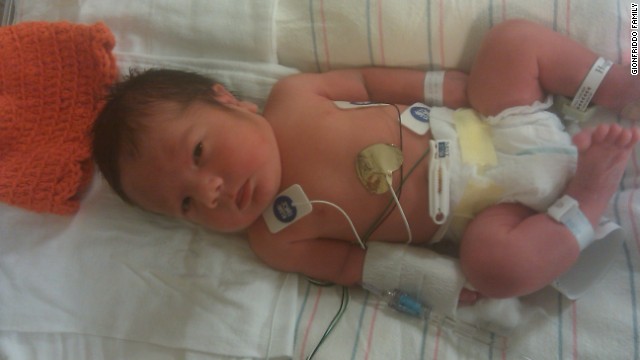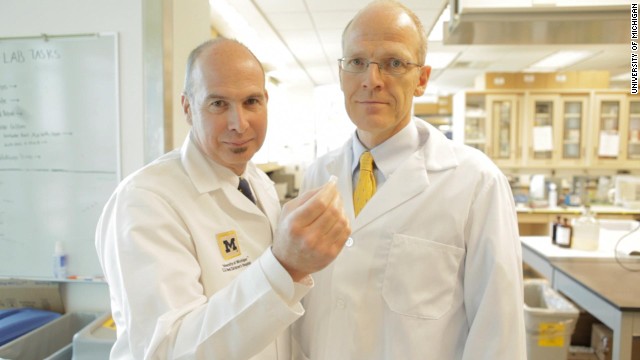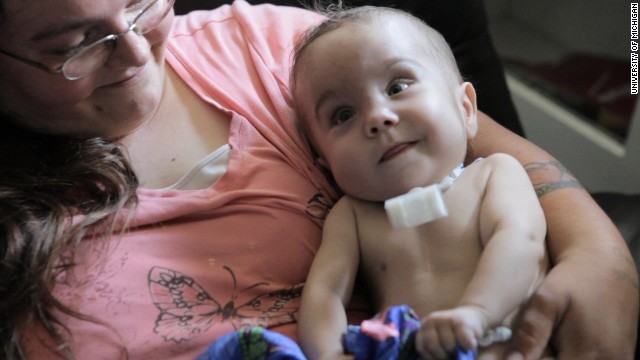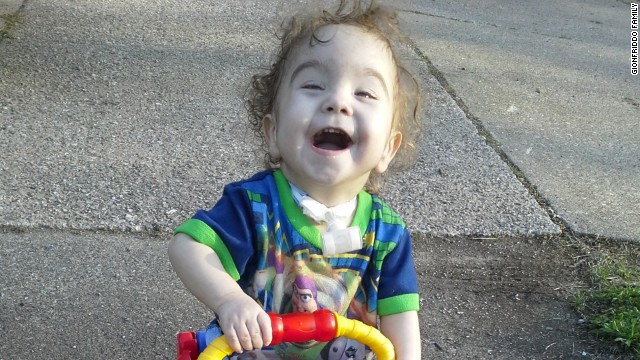If you consider some of the variables you'll probably get some of an answer. The Financially Unaccountables aren't holding guns to loan officers' heads and forcing them to approve loans. Banks, too, have obviously changed since a generation or two ago. And that might be a contributing factor to the increased reliance on credit.
Few banks anymore consider their raison d'etre as lending against the spread to credit-worthy people. Those banks are now quaint little oddities with CEOs under pressure to improve return on equity. Until there's a crisis and everybody writes feature stories about those banks because they have no exposure to the crisis, a la Hudson City Bank in 2008 and suddenly the CEO is a genius. You wanna blame this too on consumers being financially irresponsible?
Why not consider the cost of the basic-banking model? You need to train and retain loan officers them and pay them to work with their heads. They have to make site visits to small businesses and spend hours sorting out the idiosyncratic accounting in the books of thousands of mom-and-pop businesses. As an alternative you could just build a loan-decision algorithm, hike transaction fees, move your risk off your own books through securitization, and know you'll get a bailout in the next crisis if it doesn't work.
So there's that. Or there's your unsupported blanket assertion that people used to be responsible adults but now are not because ``redistributive fairness'' denied them the opportunity to pay back their loans.
Few banks anymore consider their raison d'etre as lending against the spread to credit-worthy people. Those banks are now quaint little oddities with CEOs under pressure to improve return on equity. Until there's a crisis and everybody writes feature stories about those banks because they have no exposure to the crisis, a la Hudson City Bank in 2008 and suddenly the CEO is a genius. You wanna blame this too on consumers being financially irresponsible?
Why not consider the cost of the basic-banking model? You need to train and retain loan officers them and pay them to work with their heads. They have to make site visits to small businesses and spend hours sorting out the idiosyncratic accounting in the books of thousands of mom-and-pop businesses. As an alternative you could just build a loan-decision algorithm, hike transaction fees, move your risk off your own books through securitization, and know you'll get a bailout in the next crisis if it doesn't work.
So there's that. Or there's your unsupported blanket assertion that people used to be responsible adults but now are not because ``redistributive fairness'' denied them the opportunity to pay back their loans.






Comment